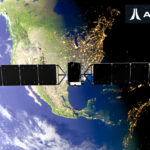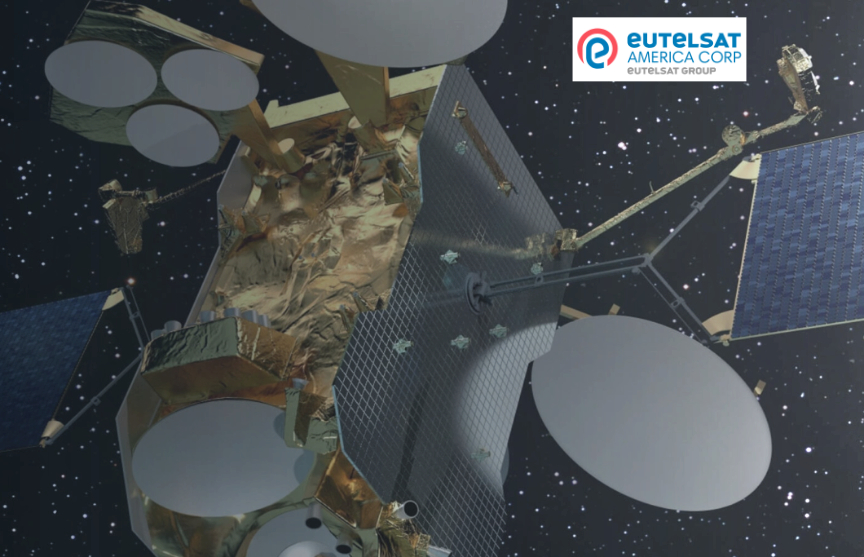
Synspective Inc., a provider of Synthetic Aperture Radar (SAR) satellite data and analytics solutions, has announced that the Yamato Technology Center, a new manufacturing site for small SAR satellites, began full-scale operations in September — this factory is Synspective’s third site, following the Tokyo Headquarters and Singapore Branch.
With the start of operations at the new facility, and in partnership with Seiren Co., Ltd. and TOKYO KEIKI Co., Ltd. for mass production, Synspective has established a comprehensive production system for StriX SAR satellites. This advancement will enable us to build a full constellation of 30 small SAR satellites by the late 2020s.
The Yamato Technology Center is designed to produce 12 small SAR satellites per year, guided by the concept of Iterative Manufacturing. Synspective will expand production capacity by continually incorporating new insights and experiences while refining our processes to meet this target.
The company will improve satellite quality and performance by quantifying as many events throughout the manufacturing process as possible, compiling them into a database, and analyzing the data. These insights will inform improvements in satellite, process, and equipment design. Quantifying quality and accumulating information is also valuable in verifying future satellite parts and manufacturing process changes.
In addition, seasoned spacecraft manufacturing professionals will train new team members. To create an optimal work environment, we will introduce ergonomically designed equipment and tools to enhance skills and support consistent, high-quality satellite production. We are also organizing training sessions to build proficiency in space manufacturing for those new to the space industry.
 |
 |
| Office Space | Meeting Area |
The Yamato Technology Center will attract highly skilled professionals to its convenient location near central Tokyo. We plan to hire approximately 50 new employees as we begin full-scale operations. You can learn more about our open positions at the firm’s Careers Page.

































